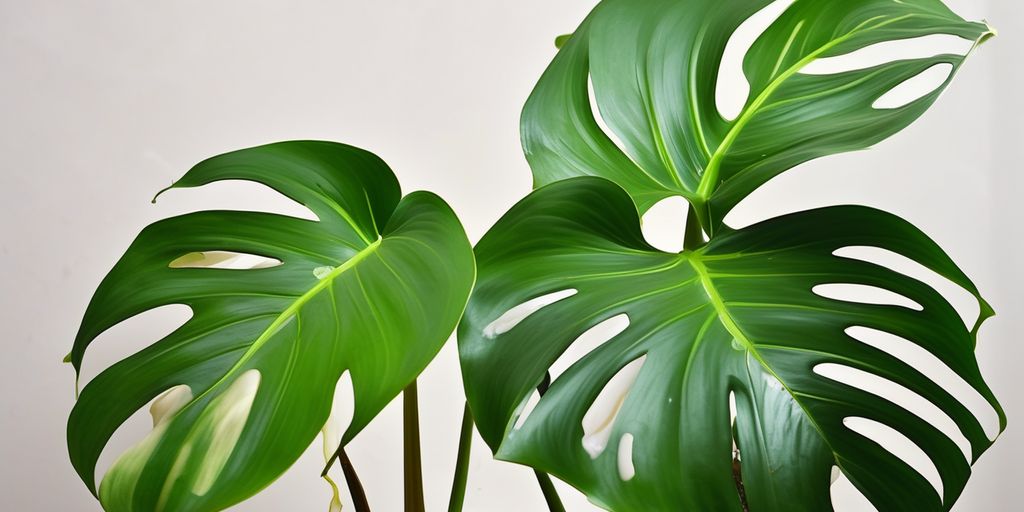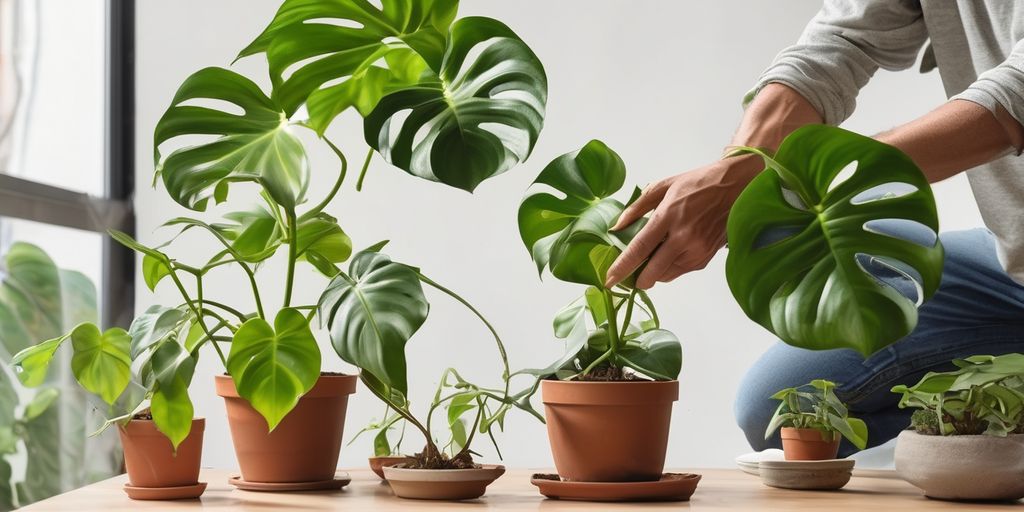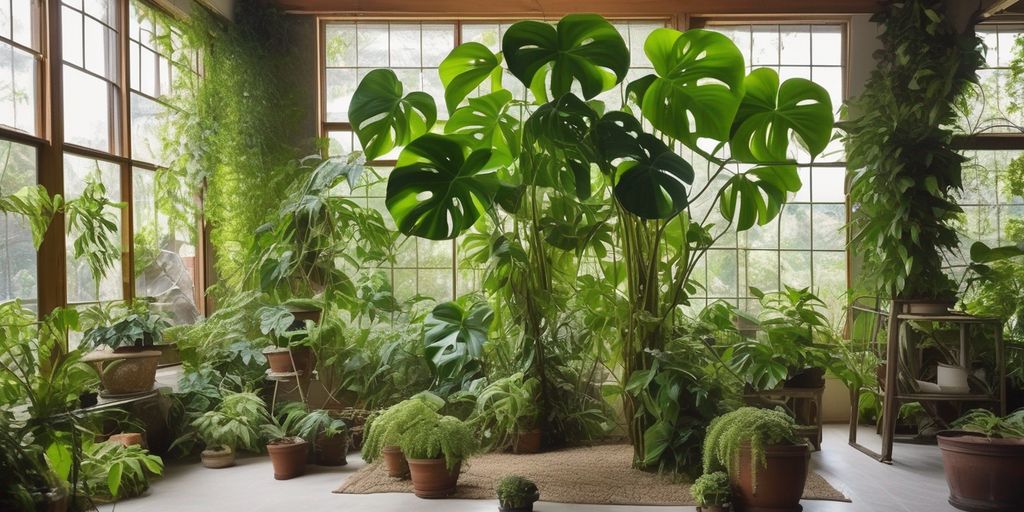The quest for the rarest Philodendron species takes us on an intriguing journey through exotic botany, uncovering the allure, history, and science behind these fascinating plants. These unique species not only captivate the hearts of plant enthusiasts but also play crucial roles in their ecosystems. This article delves into the world of rare Philodendrons, exploring their discovery, significance, and the efforts to conserve their existence amidst environmental challenges.
Contents
- 1 The Allure of Rare Philodendrons
- 2 Historical Context of Philodendron Discovery
- 3 Top Rare Philodendrons to Know
- 4 The Science Behind Philodendron Rarity
- 5 Exploring Habitats of Rare Philodendrons
- 6 Conservation Efforts for Rare Philodendrons
- 7 Cultivating Rare Philodendrons at Home
- 8 Conclusion
- 9 Frequently Asked Questions
- 9.1 What defines a Philodendron as rare?
- 9.2 Why are rare Philodendrons valuable?
- 9.3 How were rare Philodendrons discovered?
- 9.4 What are some challenges in cultivating rare Philodendrons at home?
- 9.5 How can I contribute to the conservation of rare Philodendrons?
- 9.6 Can rare Philodendrons adapt to urban environments?
Key Takeaways
- Understanding what makes a Philodendron rare helps in appreciating its value both aesthetically and ecologically.
- The history of Philodendron discovery is marked by significant contributions from dedicated botanists who have impacted horticulture and science.
- Rare Philodendrons like Philodendron Spiritus-sancti, Philodendron Atabapoense, and Philodendron Luxurians are must-know species for enthusiasts.
- Conservation efforts, including both in-situ and ex-situ strategies, are critical for the survival of rare Philodendrons.
- Cultivating rare Philodendrons at home requires specific care tips and understanding the challenges involved in their growth.
The Allure of Rare Philodendrons
What Makes a Philodendron Rare?
Philodendrons become rare due to limited geographic distribution, specific habitat requirements, or slow reproduction rates. The rarity often adds to their desirability among collectors.
The Aesthetic and Ecological Value
Rare philodendrons not only enhance the aesthetic appeal of spaces but also play crucial roles in their ecosystems. They contribute to biodiversity and can indicate the health of their environment.
Cultivating Interest in Rare Species
Promoting awareness and interest in rare philodendrons is essential for their conservation. Efforts include educational programs and botanical exhibitions that highlight their unique characteristics and the need for preservation.
Historical Context of Philodendron Discovery
Early Explorations and Discoveries
The quest for rare philodendrons began in the dense jungles of South America, where early explorers were captivated by the diversity of the flora. These initial discoveries laid the groundwork for future botanical research, highlighting the region’s rich biodiversity.
Significant Contributions by Botanists
Throughout the 19th and 20th centuries, several key botanists made groundbreaking contributions to the understanding of philodendrons. Their meticulous documentation and classification efforts have been crucial in shaping modern botany.
Impact on Horticulture and Science
The discovery of rare philodendrons has significantly influenced both horticulture and scientific research. The unique properties of these plants have led to advances in ecological studies and conservation strategies, making them a valuable asset in the scientific community.
Top Rare Philodendrons to Know
Philodendron Spiritus-sancti
This species, often hailed as the Holy Grail of philodendrons, is critically endangered and known for its striking, large white-veined leaves. Only a few specimens are known to exist in the wild, making it a coveted item among collectors.
Philodendron Atabapoense
Characterized by its elongated leaves and vibrant green color, the Philodendron Atabapoense thrives in the foothills of the Andes. It is less known but highly prized for its unique aesthetic.
Philodendron Luxurians
This philodendron is celebrated for its velvety texture and deep green color. It is native to the rainforests of Brazil and requires high humidity and specific soil conditions to thrive, which adds to its rarity.
Each of these philodendrons not only adds beauty and diversity to collections but also serves as a reminder of the fragility of nature and the importance of conservation efforts.
The Science Behind Philodendron Rarity
Genetic and Environmental Factors
Philodendrons’ rarity can often be attributed to a complex interplay of genetic and environmental factors. Specific genetic mutations may lead to unique traits that are rare and highly sought after. Environmental stressors such as climate change, habitat fragmentation, and soil quality also play crucial roles in the distribution and survival of these rare species.
Conservation Status
The conservation status of rare philodendrons is a critical concern. Many species are classified under various threat levels on the IUCN Red List. Efforts to understand and mitigate the risks faced by these plants are vital for their preservation and the biodiversity of their ecosystems.
Research and Studies on Rarity
Ongoing research is essential to uncover the reasons behind the rarity of certain philodendrons. Studies focus on aspects like reproductive biology, genetic diversity, and ecological impacts. This research not only helps in conservation efforts but also enriches our understanding of plant biology and adaptation.
Exploring Habitats of Rare Philodendrons
Tropical Rainforests
Rare Philodendrons thrive in the dense, humid, and shadowy environments of tropical rainforests. These areas provide the ideal conditions of moisture and temperature that are crucial for their growth. The lush greenery and thick canopy above allow just the right amount of light to filter through, nurturing these delicate plants.
Mountainous Regions
In the cooler, elevated areas of mountainous regions, some rare Philodendrons find a unique niche. These plants adapt to less humid and cooler conditions, which can be quite challenging. The ability to adapt is what makes these Philodendrons particularly interesting to botanists and plant enthusiasts alike.
Urban Adaptations
Urban areas are not typical habitats for rare Philodendrons, but some species have shown remarkable adaptability. These plants can sometimes be found in urban botanical gardens or as part of specialized private collections. Their presence in cities highlights the resilience and adaptability of these species, making them a symbol of urban biodiversity.
Conservation Efforts for Rare Philodendrons
In-situ and Ex-situ Conservation
In-situ conservation focuses on protecting philodendrons in their natural habitats, while ex-situ conservation involves preserving these species in controlled environments like botanical gardens. Both strategies are crucial for maintaining biodiversity and preventing extinction.
Role of Botanical Gardens
Botanical gardens play a pivotal role in the ex-situ conservation of rare philodendrons. They serve as sanctuaries for species that are threatened in the wild, providing not only a refuge but also a center for research and public education.
Community Involvement and Education
Educating the public about the importance of conservation and how they can help is essential. Community programs and workshops can empower individuals to participate in conservation efforts, fostering a collective responsibility towards preserving these rare plants.
Cultivating Rare Philodendrons at Home
Essential Care Tips
Cultivating rare philodendrons at home begins with understanding their unique needs. Proper lighting, humidity, and soil composition are crucial for their growth. It’s important to mimic their natural habitat as closely as possible to ensure they thrive.
- Light: Bright, indirect light
- Humidity: High
- Soil: Well-draining, rich in organic matter
Challenges in Cultivation
One of the main challenges in cultivating rare philodendrons is their sensitivity to environmental changes. Sudden shifts in temperature or humidity can stress the plants, leading to poor health or even death. Patience and careful monitoring are essential to successfully grow these exotic plants.
Maintaining consistent conditions is key to overcoming these challenges.
Success Stories from Enthusiasts
Many enthusiasts have found joy and success in growing rare philodendrons. Sharing experiences and tips through community forums and social media has helped spread valuable knowledge and inspire others to start their own philodendron journeys. Here are a few success stories:
- A hobbyist in Florida cultivated a thriving Philodendron spiritus-sancti after years of trial and error.
- In California, a gardener successfully acclimated a Philodendron luxurians to less humid conditions, showcasing the plant’s adaptability.
- An online community pooled resources to propagate rare species, ensuring their survival and availability for future generations.
Conclusion
In our exploration of the rarest Philodendron species, we’ve journeyed through the lush, uncharted territories of exotic botany, uncovering the hidden gems of the plant world. These elusive species, with their unique characteristics and survival strategies, not only enhance our understanding of biodiversity but also highlight the importance of conservation efforts. As we continue to discover and study these remarkable plants, we are reminded of the intricate connections within ecosystems and the critical role humans play in preserving the natural beauty and balance of our planet.
Frequently Asked Questions
What defines a Philodendron as rare?
A Philodendron is considered rare based on its limited natural distribution, low population numbers, and difficulty in cultivation or propagation. Rarity can also be influenced by unique characteristics that are highly sought after by collectors and enthusiasts.
Why are rare Philodendrons valuable?
Rare Philodendrons are valuable both aesthetically and ecologically. They often have unique shapes, colors, and textures that make them highly desirable for collectors. Ecologically, they contribute to the biodiversity of their habitats and can be indicators of environmental health.
How were rare Philodendrons discovered?
Rare Philodendrons were often discovered during botanical expeditions in tropical and subtropical regions. Many were found in remote areas, explored by botanists and plant explorers who cataloged them as part of the region’s flora.
What are some challenges in cultivating rare Philodendrons at home?
Cultivating rare Philodendrons at home can be challenging due to their specific environmental needs such as humidity, temperature, and light conditions. Additionally, their rarity can make them more susceptible to diseases and pests due to a lack of genetic diversity.
How can I contribute to the conservation of rare Philodendrons?
Contributions to the conservation of rare Philodendrons can include supporting botanical gardens and conservation projects, participating in community education programs, and practicing responsible cultivation and trade of these plants.
Can rare Philodendrons adapt to urban environments?
Some rare Philodendrons can adapt to urban environments if their specific care requirements are met. Urban gardeners can grow them in controlled conditions such as greenhouses or indoor gardens, which can mimic their natural tropical habitats.




